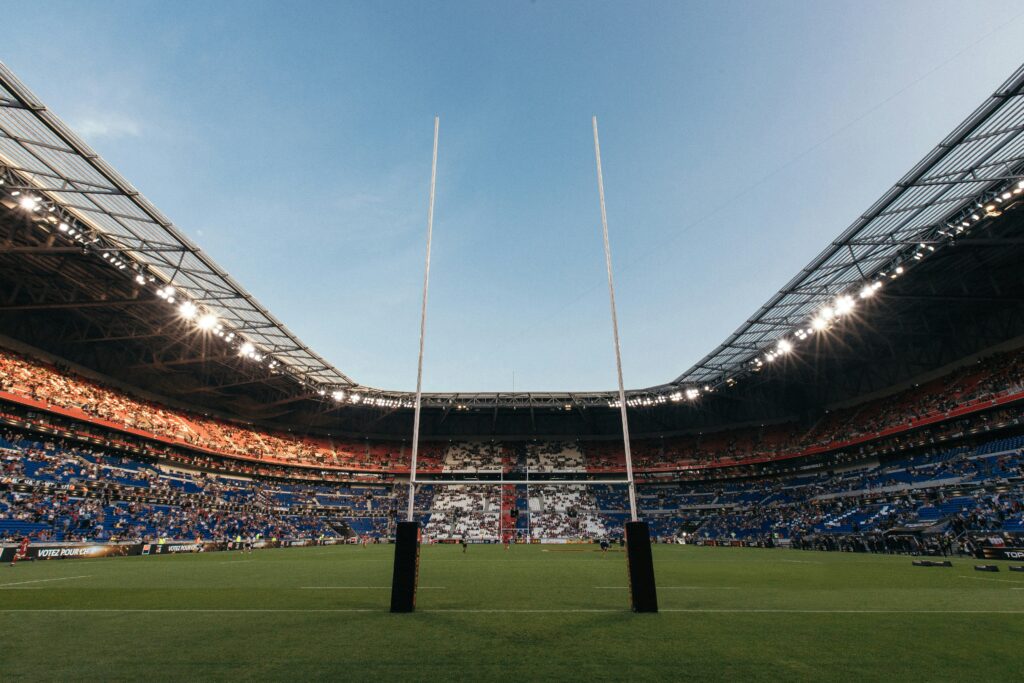Discover the SMARTER Approach to Enhancing Team Performance
Team performance is what managers and team leaders are often most concerned about because outcomes impact a host of other functions and, of course, the businesses bottom line. When it comes to team performance, management’s main objectives include: avoiding a negative ripple effect through the operational chain, creating unified, motivated teams and establishing a positive workplace culture, with results that reflect engagement, unity and hard work.
Achieving desirable performance outcomes begins with setting challenging but realistic goals, and one of the most effective ways of approaching goal-setting is by using the ‘SMARTER’ technique. This technique has been proven to aid managers and teams in meeting their performance objectives as it establishes clear guidelines for goal setting and goal tracking. But while this technique is effective, it relies heavily on collaboration and team engagement. Smart managers and leaders will never set team goals without input from the individuals within their teams because these are the individuals who’ll be working to achieve them. Discussions around objectives, skill, ability, motivating factors/incentives and action plans need to be had before goals are established and before team performance is evaluated.
S - [specific]
You and your team need to get specific about your goals and the skills and abilities within the team that’ll help you achieve them. But remember that the goals and their outcomes are not the only important element - your people are too.
-what are we trying to accomplish/what is the desired outcome?
-which skills are essential for the goals we’re trying to accomplish?
-how will success be measured?
-how much time do we have to achieve our goals?
-how will progress be rewarded/incentivised?
M - [measurable]
Measuring team performance is a continuous undertaking - it should never consist of a once-off examination at the end of a project. Teams need to be regularly informed of their progress to establish whether they’re on track to meet their objectives, or whether their approach needs to be reviewed.
Establishing key performance indicators or milestones is one highly effective way of tracking and measuring performance along the way.
A - [ambitious]
Goals need to be realistic (achievable), but need to be challenging too. Teams want to be challenged - high-performing teams and individuals are eager to exercise their knowledge and learn new skills; it’s highly-motivating and rewarding too. But what should be carefully considered when establishing ambitious goals, is whether or not your team can deliver. If there is even a slight skill-gap, this could hinder your success. Perhaps you’ll need to consider additional training or invest in specific resources if your goal expectations exceed your current resources.
R - [relevant]
Relevancy means goals that are aligned to organisational objectives. The necessity for this alignment is obvious, but what’s not so obvious is what this means for teams and individuals. The workforce feels a greater sense of importance and value to the organisation when they can see how their contribution impacts the greater organisational vision and its success.
T - [time-bound and transparent]
Drawing up a timeline is essential for the setting and achievement of your goals. Setting deadlines creates urgency, while also setting a pace for what needs to be achieved and by when. It’s important to first consider your priorities, and thereafter discuss the possible delays that can be expected. It may also help to reflect on the delays you’ve experienced in the past so as to avoid them in the future. Drawing up timelines is once again a collaborative effort especially since team members will need to work out their time schedules which are often determined by their workload, skill and resources.
E - [evaluate]
Evaluation of progress and results is concerned with goal tracking and encompasses guidance and feedback of results. This is a crucial part of the process as it not only provides an indication of performance but it aids in team engagement. Individuals and teams need to know how they can improve, and also need to be recognised for their efforts.
R - [recognise and reward]
As above, recognition and reward are concerned with goal tracking, and again, is a crucial part of the process. Recognising and rewarding good results is a given, but recognising effort regardless of the results is just as important. We give teams the benefit of the doubt that they are always doing their utmost to achieve goals and objectives, and to maintain their motivation and perseverance and to improve team engagement, workplace culture and enhance performance, recognition and reward is vital.



